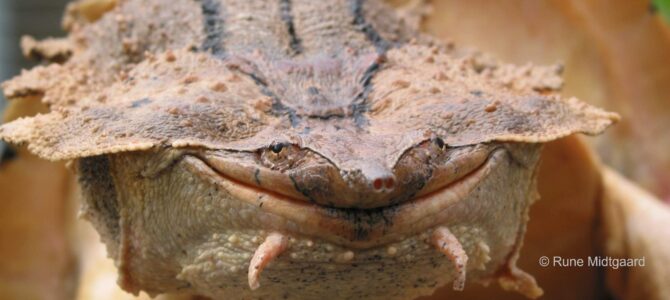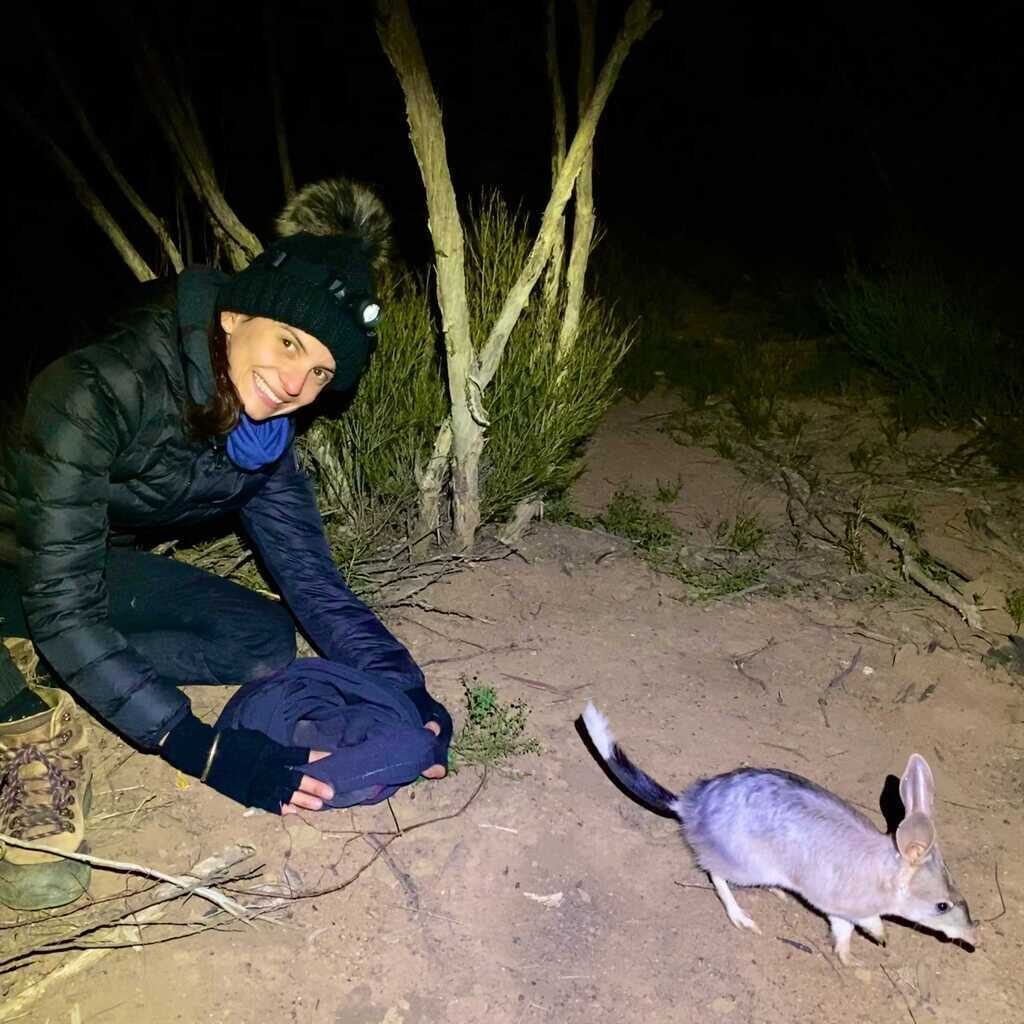Type: Journal article
Reference: Nelson, H.V., Georges, A., Farquharson, K.A., McLennan, E.A., DeGabriel, J.L., Belov, K. and Hogg, C.J. (2025), A Genomic-Based Workflow for eDNA Assay Development for a Critically Endangered Turtle, Myuchelys georgesi. Ecol Evol, 15: e70798. https://doi.org/10.1002/ece3.70798
Abstract
Environmental DNA (eDNA) analysis has become a popular conservation tool for detecting rare and elusive species. eDNA assays typically target mitochondrial DNA (mtDNA) due to its high copy number per cell and its ability to persist in the environment longer than nuclear DNA. Consequently, the development of eDNA assays has relied on mitochondrial reference sequences available in online databases, or in cases where such data are unavailable, de novo DNA extraction and sequencing of mtDNA. In this study, we designed eDNA primers for the critically endangered Bellinger River turtle (Myuchelys georgesi) using a bioinformatically assembled mitochondrial genome (mitogenome) derived from a reference genome. We confirmed the accuracy of this assembled mitogenome by comparing it to a Sanger-sequenced mitogenome of the same species, and no base pair mismatches were detected. Using the bioinformatically extracted mitogenome, we designed two 20 bp primers that target a 152-base-pair-long fragment of the cytochrome oxidase 1 (CO1) gene and a 186-base-pair-long fragment of the cytochrome B (CytB) gene. Both primers were successfully validated in silico, in vitro, and in situ.


